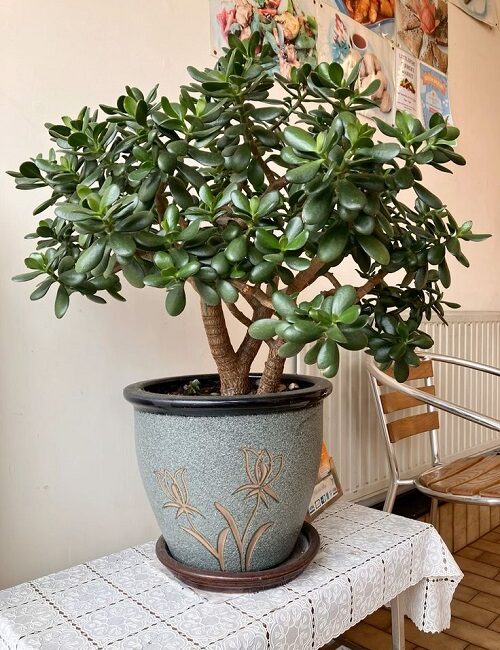The jade plant (Crassula ovata), a beloved succulent known for its resilience and attractive fleshy leaves, is a favorite among indoor gardeners and succulent enthusiasts worldwide. While jade plants are relatively low maintenance, their growth, lush foliage, and prolific branching can be dramatically improved with the right fertilizer. Whether you want to encourage thick, bushy side branches or enhance overall plant vigor, understanding the best fertilizer for jade plants is essential.
In this comprehensive guide, we will cover everything you need to know about fertilizing your jade plant to promote vigorous growth, encourage abundant side branches, and maintain a healthy, thriving succulent year-round.
Understanding Jade Plant Growth and Nutrient Needs
Before diving into fertilizers, it’s important to understand the growth habits and nutritional requirements of jade plants.
Growth Characteristics
- Jade plants are slow-growing succulents with thick, woody stems and fleshy, oval-shaped leaves.
- They naturally branch out as they mature, but branching can be stimulated with proper care.
- Jade plants thrive in well-draining soil and prefer moderate feeding during their active growing seasons (spring and summer).
Nutritional Requirements
- Like most succulents, jade plants require balanced nutrients, especially:
- Nitrogen (N) for leafy growth
- Phosphorus (P) for root and branch development
- Potassium (K) for overall plant health and disease resistance
- Micronutrients like magnesium, calcium, and iron also contribute to jade plant vitality.
Why Fertilizing Jade Plants is Crucial
Though jade plants can survive with minimal feeding, applying fertilizer helps:
- Boost leaf growth for lush, shiny foliage
- Encourage side branching, giving your plant a fuller, bushier look
- Strengthen roots for better water and nutrient uptake
- Increase resistance to pests and diseases
- Promote flowering in mature plants, enhancing aesthetic appeal
Best Types of Fertilizer for Jade Plants
Choosing the right fertilizer involves considering the nutrient balance, application method, and formulation suitable for succulents.
1. Balanced Liquid Fertilizers (10-10-10 or 20-20-20 NPK)
- Liquid fertilizers are easy to apply and provide quick nutrient absorption.
- A balanced NPK ratio (equal parts nitrogen, phosphorus, potassium) supports overall growth.
- Use at half-strength to avoid over-fertilizing, which can harm the plant.
2. Succulent and Cactus Fertilizers (Low Nitrogen, Higher Phosphorus)
- Specialized fertilizers designed for succulents often have a lower nitrogen content (e.g., 2-7-7 or 1-3-2).
- These formulations promote root development and flowering while preventing excessive leafy growth.
- Ideal for mature jade plants during flowering season.
3. Slow-Release Fertilizers
- Granular slow-release fertilizers provide nutrients steadily over time.
- Useful for gardeners who prefer less frequent feeding.
- Ensure the fertilizer is designed for succulents or houseplants to avoid salt buildup.
4. Organic Fertilizers
- Options like worm castings, compost teas, and fish emulsion offer gentle feeding and improve soil health.
- Organic fertilizers improve soil microbial activity and enhance long-term plant health.
- Apply less frequently and monitor plant response carefully.
Click page 2 for more




